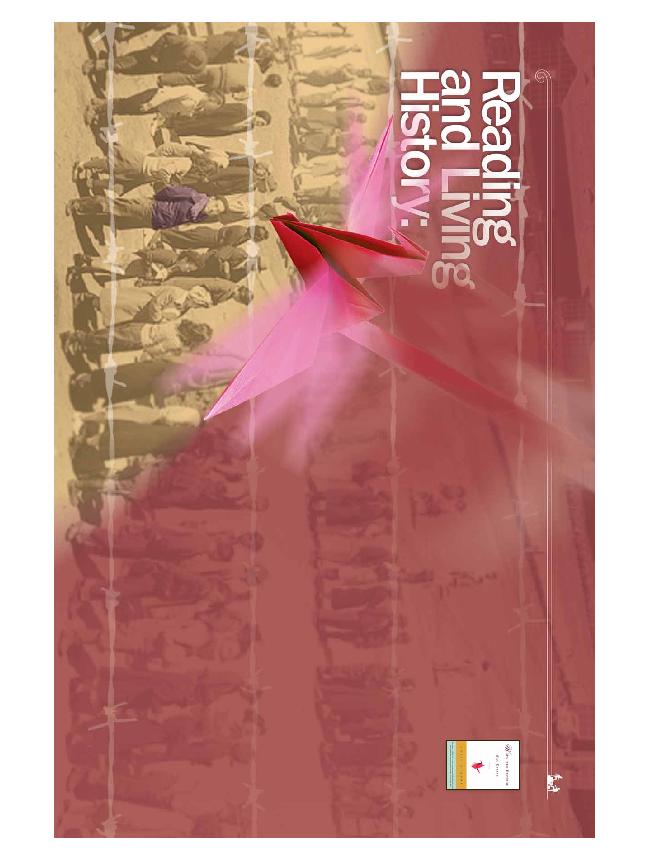
find a school willing to take them, they
would escape the fate of their families and
continue their education. Washington
University accepted 28 of these students
into eight campus programs. "The attitude
of the University is that these students, if
American citizens, have exactly the same
rights as other students who desire to
register in the University," wrote
Chancellor George Throop in a 1942 letter.
activities -- and 23 eventually graduated.
One of them was Yoshio Matsumoto, a
third-year engineering student no longer
welcome at the University of California
Berkeley. He traveled by train to St. Louis
with three companions: Gyo Obata,
B. Arch.'45; Richard Henmi, B. Arch.'47;
and Theodore K. Ono, B.A.'43.
freshman, reading the Otsuka book.
When he came to campus, he had with
him his father, Joseph, and another special
visitor. For the first time in six decades,
his grandfather -- Yoshio Matsumoto,
3M in Minnesota -- returned to the
university for a visit and had a special
meeting with Chancellor Mark Wrighton.
recalled during that meeting. "There were a
number of schools that didn't want to take
Japanese-Americans. But there were
educators who got together and said, `We
want to get these college kids back to school.'"
internationally known architectural firm
HOK, held a public conversation with
Michael Adams, M.D.'67, about the
experiences of their fathers, who were
friends. Chiura Obata, an artist, captured
scenes at the Topaz Relocation Camp in
Utah; renowned photographer Ansel
Adams took photos of another camp,
Manzanar, in California. An exhibition
on campus featured work by both men.
with Kit Wellman from philosophy,
Andrew Rehfeld of political science and
Camille Nelson from law -- on the political
justification of ethnic profiling. Julie
Otsuka herself gave a September Assembly
book. And Risa Zwerling Wrighton, wife of
Chancellor Mark Wrighton, gave the Otsuka
book to participants in her "Home Plate"
program, which matches students with host
families in the university community.
Campus community. "It's also a welcoming
event on the part of the faculty," says Sharon
Stahl, associate vice chancellor for students.
"Some 65 to 80 faculty are involved who may
not be teaching or advising these students,
but they are welcoming them into the
community by leading the discussion of a
book that they shared. That's one of the
wonderful things about it."
A.B.'97, M.S.W./M.B.A.'02, director of
the Freshman Reading Program. "The topic
had so many dimensions they could explore
in discussion: the internment itself, politics
at the time and parallels to things happening
today in society. I think students found it
neat, too, that there was a personal connection
to one of their classmates. That makes it more
real to them."
the Japanese